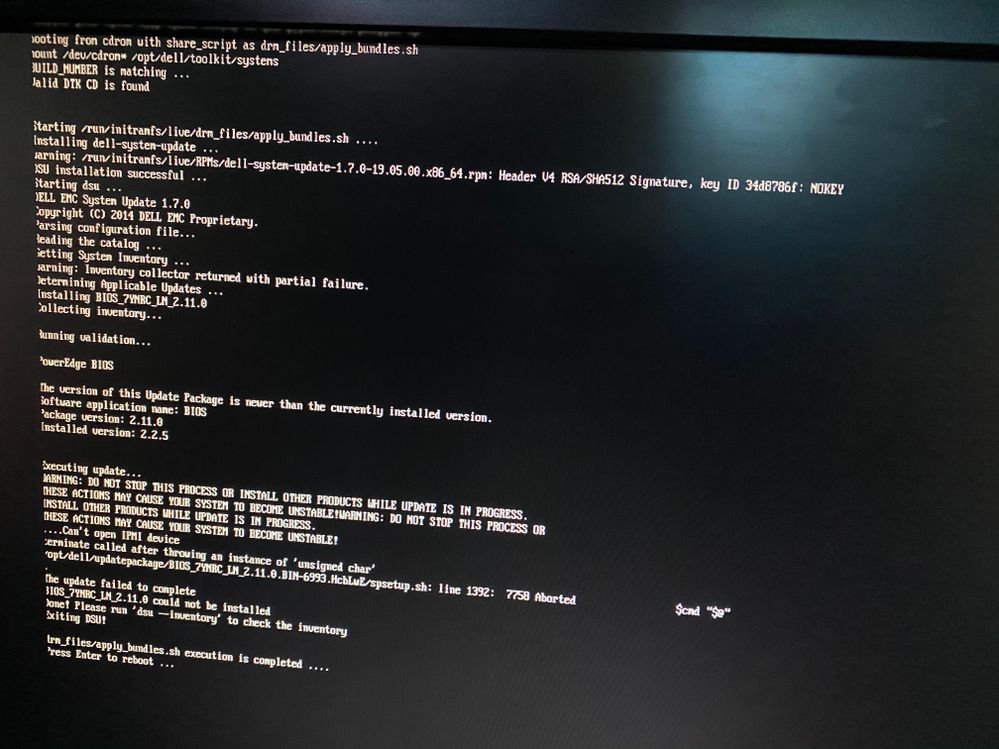You’re ready to install r730xd安装pve no device valid iso found, but you’ve hit the dreaded “no device valid iso found” error.
Frustrating, right?
You’re not alone.
This is a common issue for many trying to set up PVE, but don’t worry. We’re going to walk through why this happens and how to fix it.
Let’s break it down step by step.
Why Are You Seeing the “r730xd安装pve no device valid iso found” Error?
The “r730xd安装pve no device valid iso found” message pops up because PVE can’t locate a valid ISO file to start the installation.
Think of it like your server is trying to find the front door, but it’s locked—or maybe, the door doesn’t exist at all.
Here’s why this might happen:
- ISO File Issues: The ISO file you’ve downloaded might be corrupted, incomplete, or just not recognized by the system.
- Incorrect Boot Configuration: Sometimes the server isn’t set up to recognize your USB or drive as the boot device.
- Outdated Firmware: Your R730xd might have outdated firmware that’s creating a barrier.
- USB Formatting Problems: The USB or external drive you’re using for the ISO might not be formatted correctly.
But don’t worry—we’ll get you unstuck quickly.
How to Fix the “r730xd安装pve no device valid iso found” Problem
1. Check Your ISO File First
The very first step is to ensure you’ve downloaded the correct ISO file for Proxmox VE.
Make sure the file isn’t corrupted.
To double-check, compare the file size with the original from the source.
Corrupted files are sneaky, and they’re a common culprit for the “no device valid iso found” error.
Steps to Check the ISO:
- Re-download the Proxmox ISO from the official site.
- Verify the checksum (a fancy word for checking if the file is complete).
- Ensure the file isn’t partially downloaded.
2. Double-Check Boot Settings in the BIOS
One of the biggest reasons people get stuck at “r730xd安装pve no device valid iso found” is because of incorrect boot settings.
Jump into your BIOS settings and make sure your USB or CD/DVD drive is at the top of the boot order.
It sounds simple, but sometimes the server is just trying to boot from the wrong device.
What You Should Do:
- Restart your R730xd and hit
F2orDELto enter the BIOS. - Navigate to the Boot Menu.
- Move your USB drive or external device to the top of the boot sequence.
- Save changes and exit.
3. Format Your USB Drive Correctly
Maybe you’ve got the right ISO and the correct boot sequence, but your USB drive isn’t formatted the right way.
That could be the reason for seeing “r730xd安装pve no device valid iso found.”
Here’s how you can make sure it’s formatted properly:

Steps to Format Your USB:
- Use a tool like Rufus to create a bootable USB drive.
- Select MBR as the partition scheme.
- Ensure the file system is set to FAT32.
- Burn the ISO to the USB drive.
4. Update Your R730xd’s Firmware
Old firmware is another sneaky reason for hitting roadblocks.
If your R730xd hasn’t been updated in a while, this could be preventing it from recognizing the ISO file or the USB.
You can easily update the firmware through Dell’s website.
Here’s a quick guide:
How to Update Firmware:
- Visit Dell’s support page and search for the R730xd model.
- Download the latest firmware and follow their installation steps.
- Reboot and see if PVE now detects the ISO.
Common Questions About “r730xd安装pve no device valid iso found”
Q: Why isn’t my ISO file showing up when I try to boot?
A: Your ISO file might be corrupted, or you haven’t properly burned it to your USB. Try reformatting the drive and re-downloading the ISO from a trusted source.
Q: How do I know if my USB drive is bootable?
A: Use tools like Rufus or Etcher to create a bootable USB. If these tools detect any issues while burning the ISO, it’s a good sign something’s wrong.
Q: What if I’ve done everything right but still see the error?
A: Double-check your BIOS settings. Ensure your system is configured to boot from the USB or external device. Also, ensure your server’s firmware is up to date.
Real-Life Example of Solving the “r730xd安装pve no device valid iso found” Error
Let’s consider this scenario:
You’ve set up your R730xd in your home lab, trying to get PVE running to manage your virtual machines.
After downloading the ISO, formatting your USB, and rebooting the server, the “no device valid iso found” error shows up.
After hours of searching forums and tinkering, you realize the problem wasn’t with the ISO or the boot order—it was the USB formatting.
Switching to Rufus, choosing the correct partition scheme, and ensuring FAT32 formatting solved the problem instantly.
These little tweaks often fix the biggest headaches.
Extra Tips for Smooth PVE Installation on Your R730xd
To avoid hitting more roadblocks, here are some additional tips:
- Use Quality USB Drives: Some USB drives just don’t play nice with ISO installations. Stick with trusted brands.
- Unplug Other Drives: Disconnect any other drives that might confuse the boot order.
- Double-Check BIOS Settings: Make sure virtualization features are enabled, as PVE relies on them.

Wrapping It Up: No More “r730xd安装pve no device valid iso found”
The “r730xd安装pve no device valid iso found” error can feel like a huge obstacle, especially when you’re itching to set up your virtual environment.
But with the right steps—checking your ISO, formatting your USB, updating firmware, and fixing BIOS settings—you can clear this roadblock quickly.
The key is in the details.
One small tweak could be all you need to get that ISO file up and running.
Now, go ahead and give it another shot!
